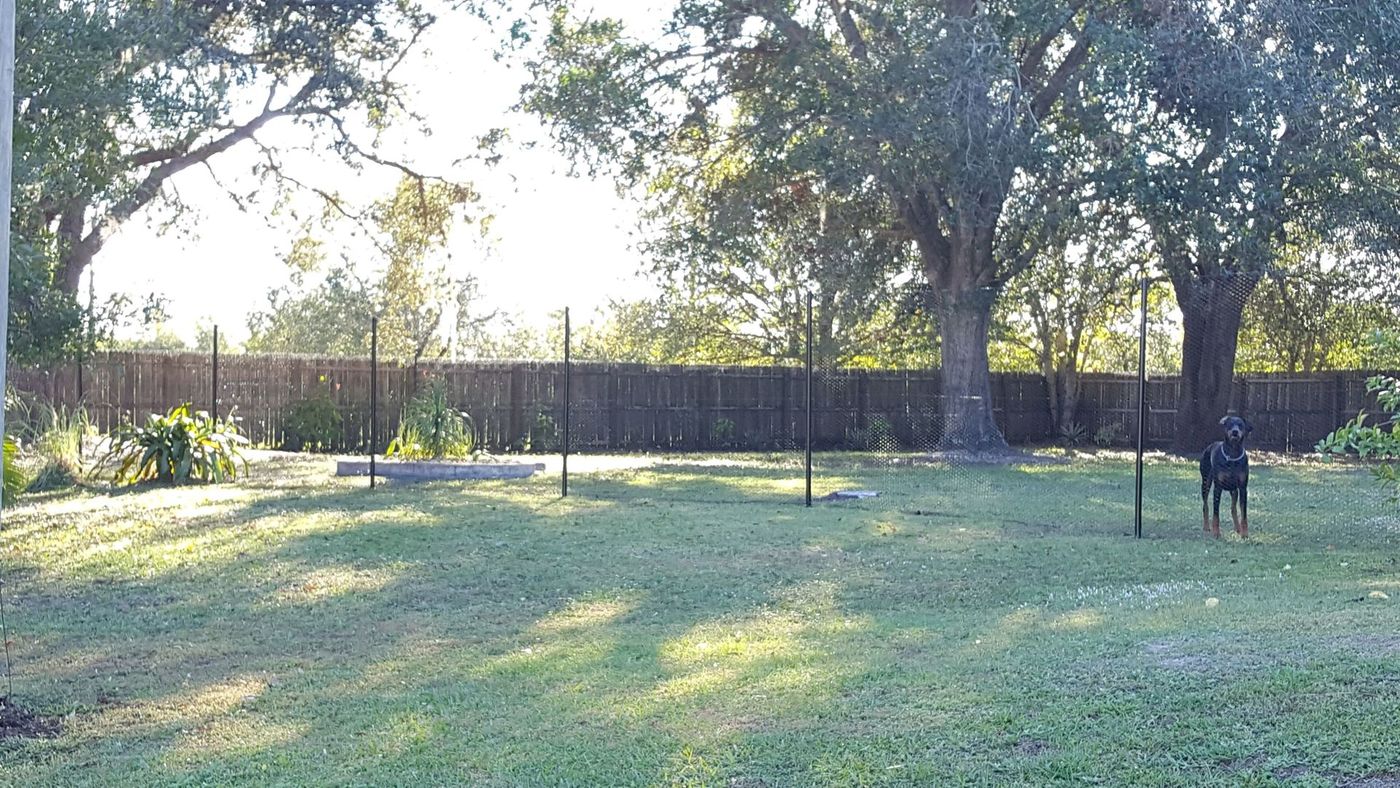
As February marks Responsible Pet Owner Month; that got us thinking as pet owners: What does it mean to be a truly responsible pet owner? Is it buying a puppy or kitten the most expensive food or shimmering rhinestone collar? Or, simply playing with the new pet each and every day while providing shelter, toys and love?
While there is no exact definition, we at Deerbusters feel that your loyalty, devotion and care is unwavering and should stick with the pet throughout its lifespan.
How To Take Care Of Puppies
Bringing home and new pet is similar to bringing home a newborn baby. You, as responsible pet owners, will need to make the dog or cat feel at home, part of the family. You will need to provide them with love, care, attention, companionship and much more.
Similar to a small child, you will need to watch them like a hawk, and make sure they stay out of trouble. Pet owners will need to pet-proof houses with proper barriers and make sure they stay away from stairs or wide gaps - at least for the first few weeks. Keep them away from edges, fireplaces and lamps; and pick up children's toys that may be a choking hazard for the pet.
Pet Owners should take the step during the early stages of 'parenthood' to train new dogs or cats with simple obedience commands. While attending classes is great for both the pet and pet owner to connect with others, owners can train new pets from the comfort of their own home.
 Here are five essential commands you can teach your dog:
Here are five essential commands you can teach your dog:
1) Sit: Hold a treat close to the dog's nose. Once they perform the action, give them the treat.
2) Come: Put a leash on your dog and say "come" while gently tugging on your dog.
3) Down: Hold your hand up to your dog's snout and slowly move it down as he follows.
4) Stay: Ask your dog to "Sit." Then, open the palm of your hand and say "stay," while slowly moving away.
5) Leave it: Get a treat in your hand and let the dog lick or smell it; but say "leave it." Repeat until the dog doesn't touch the treat.
And, you will need to register your animal and get them an ID. Consider micro-chipping your pet to help identify Fido if he ever gets lost or stolen.
Growing Up With Pets
The average lifespan of a dog is 10-13 years; while the average lifespan for a cat is 12-18 years. Pet owners will need to make a lot of decisions for their pet including whether or not to spay or neuter their pet. Studies show that pets that are spayed or neutered live longer, healthier lives and are less likely to act out with poor behavior.
Beginning pets will need annual visits to the vet for routine check-ups and shots. As your pet ages into adulthood, the visits may become more frequent.
Just like humans, domestic pets need plenty of fresh water, proper nutrition and the right foods to stay alert, fit and active. Read labels to know exactly what you are feeding your dog or cat. If your pet is not eating a certain food, understand that they may not like the taste; and try another kind. (We can be picky eaters, too!) Consult a vet to get a weight management plan, if needed; and practice portion control. Obesity, just like with us, is real and can cause your animal to have weak muscles and joints.
Socialization for pets is a must! If you have a dog park nearby, take them for a walk over to make friends. Dog parks are a great way for a dog to burn off energy and get in shape, too.
 Consider dog enclosures and catios for cats. Outdoor pet enclosures allow pets to get the 30 minutes of daily activity needed to stay healthy. As your pet ages, they will require additional time outside to maintain strong bones and joints. Fresh air, socialization with other domestic pets and security are just a few reasons to invest in a pet fence.
Consider dog enclosures and catios for cats. Outdoor pet enclosures allow pets to get the 30 minutes of daily activity needed to stay healthy. As your pet ages, they will require additional time outside to maintain strong bones and joints. Fresh air, socialization with other domestic pets and security are just a few reasons to invest in a pet fence.
Stay away from invisible electric dog fence and shock collars as these options are inhumane for animals. When you choose an invisible fence, you are choosing to deliver a painful shock to your animal, usually by collar. When you shock a dog, you are sending jolts of electricity to your animal. This, naturally, hurts (at least scares) the dog in hope that the dog will not move away from the yard again. For your pets, they don't understand why you are hurting them, they just know they are too scared to move away from a designated area. Is this what you really want for your pet?
For questions on the right dog fence or cat fence, contact Deerbusters.com at 888-422-3337.
